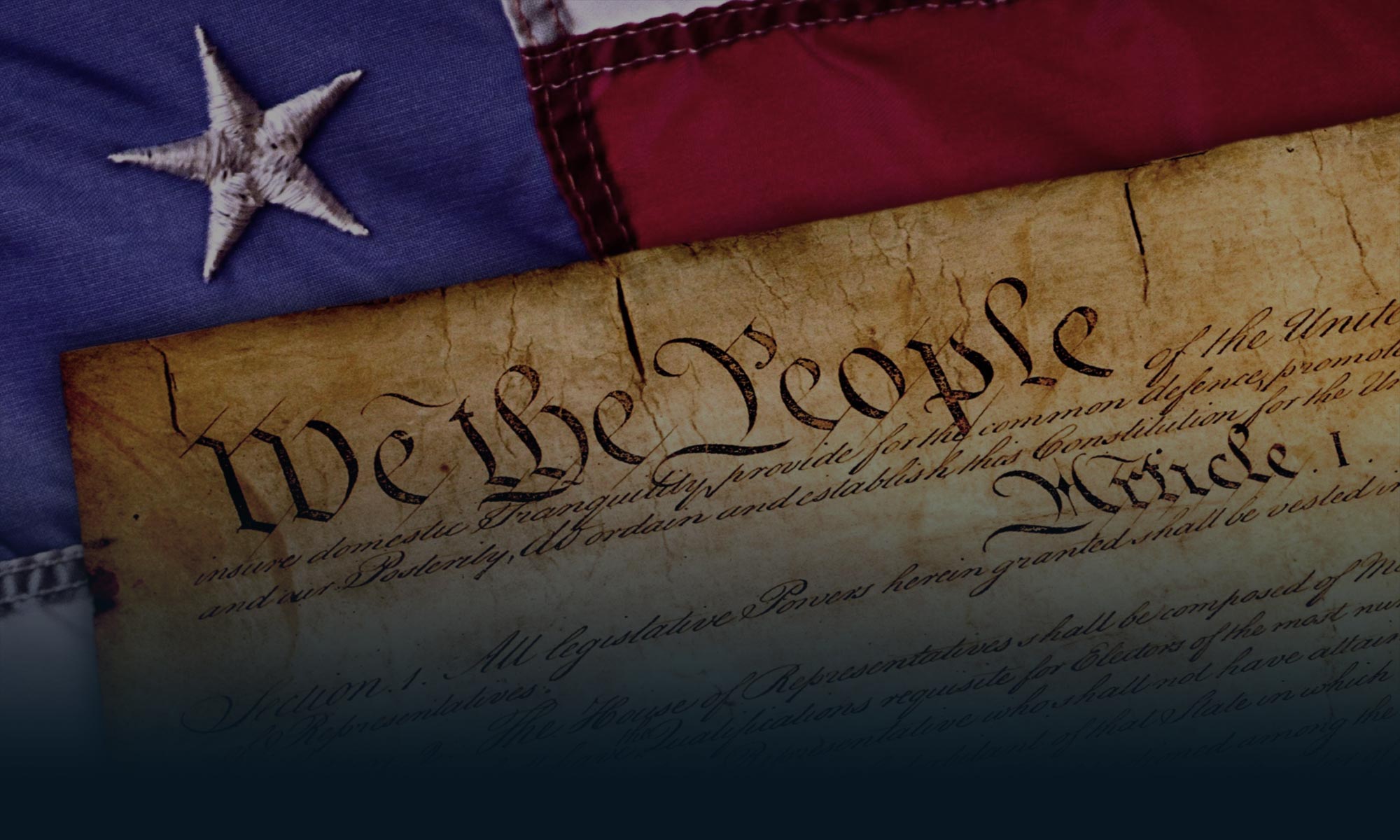As Free Speech Week gets underway today, it’s a good time to celebrate this fundamental freedom (as the week is intended to do) – but it’s also a good time to reflect on the state of free speech in America today. Even the most cursory reflection, however, is sure to give one pause.
Freedom of speech remains under assault on many fronts. And most people, when they think of free speech, think of the First Amendment. But it’s important to draw a distinction here. The First Amendment only protects speech that is threatened by government control, and thus laws and regulations seeking to limit speech can be subjected to First Amendment challenges in the courts.
Paradoxically, however, the gravest threats to free speech today aren’t coming from government lawmakers and regulators, but from non-government groups and individuals who want to stifle the speech of others. That type of speech suppression is, in its own way, even more insidious because there is no fail-safe defense against it like the First Amendment.
Media Institute President Patrick Maines has written numerous columns in this space decrying all manner of attempts to suppress free expression. One of the most onerous threats is the political correctness (or “PC”) movement, whereby the “politically correct” try to stifle the speech of those with whom they disagree. Nowhere is this more evident than on college campuses, which should be the ultimate marketplaces of ideas.
Examples abound of campus activist groups pushing to “disinvite” guest lecturers or even commencement speakers whose views they dislike – often with the tacit or overt support of university officials. High-profile incidents at Fordham, Brown, and Brandeis universities have captured media attention, but they were hardly isolated occurrences. In fact, an organization called the Foundation for Individual Rights in Education (FIRE) exists solely to fight these and other types of PC attacks on campus.
Speech suppression beyond the reach of the First Amendment takes other forms as well. Activist groups and their “speech police” routinely try to intimidate speakers, especially through social media. And even some journalists and editors in the mainstream media are prone to political correctness, though here the approach might be more subtle – a story presenting a PC point of view uncritically, or a story about a contrarian viewpoint never written at all.
Free Speech Week, then, offers the chance to celebrate the First Amendment as the protector of our speech (or the vast majority of it) from government interference. The week also invites us to celebrate free expression in the broader sense. Yet as we applaud freedom of speech generally, we need to be aware of the threats that continue to render this a fragile freedom. There is a vocal opposition to these threats out there, including The Media Institute, FIRE, and others – but the voices challenging these threats and supporting truly free speech need to be more widespread. We can indeed celebrate during Free Speech Week – but we can’t afford to be complacent.
Free Speech Week (FSW) is taking place Oct. 19 to Oct. 25. You can learn more about how to get involved here: www.freespeechweek.org.

